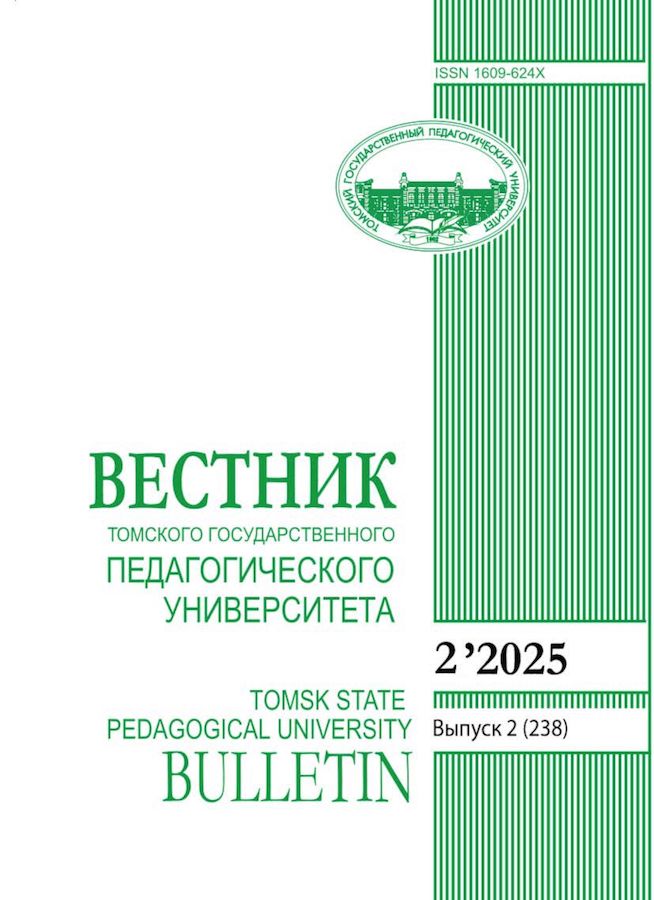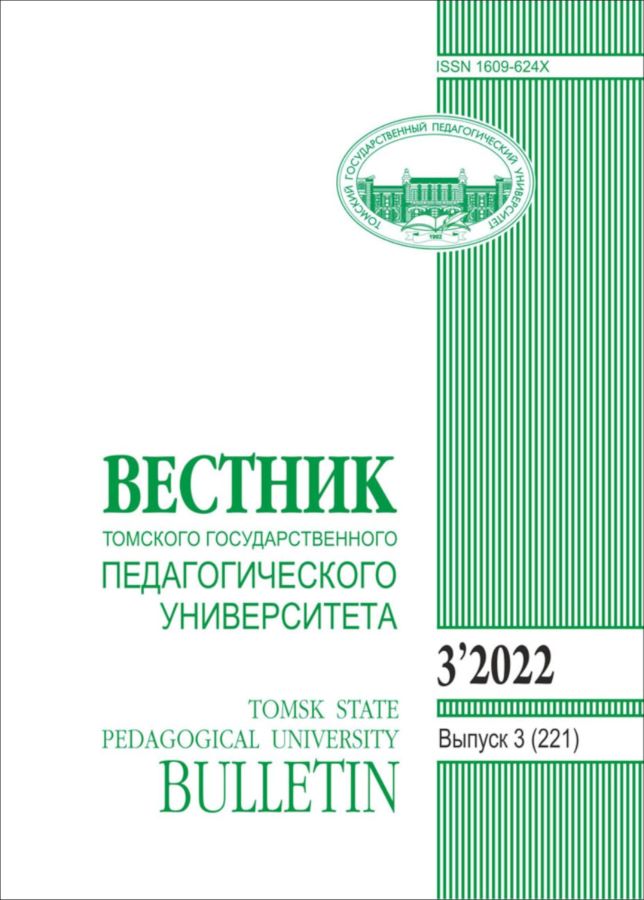Введение. Изучение русских старообрядческих говоров входит в круг востребованных современной русистикой исследовательских задач, о чем свидетельствует научная литература и тематика многочисленных конференций последнего времени, где основное внимание отводится лексической проблематике.Цель – анализ лексического состава старообрядческих бытовых текстов, созданных одним автором.Материал и методы. Материалом настоящего исследования послужили 18 памятников бытового содержания (пасхальный дневник, разного рода записки, пробы пера и чернил, хозяйственные счета), исполненных на бересте и бумаге полууставом и скорописью. Записи выполнены в основном в третьей четверти ХХ в., предположительно одной рукой – общинницей одного из староверческих «поместий» на Томском Севере. Материал составляет 733 слова (3 367 словоупотреблений). В исследовании используется метод научного описания, включающий приемы наблюдения, классификации, интерпретации, контекстного анализа и количественных подсчетов, а также элементы лингвоперсонологического метода речевого портретирования и сравнительно-сопоставительного анализа с целью выявления гендерной специфики в словарных запасах двух языковых личностей.Результаты и обсуждение. Анализ показал распределение словарного состава автора женских записок по грамматическим классам, их связь с представленными в текстах типами речи: в описании преобладают именные части речи и слова категории состояния, в повествовании – глаголы ряда семантических групп (движения, конкретных физических действий и др.), их наречные актанты, в рассуждении – местоимения, глаголы эмоционально-психологических состояний. Исследование выявило наиболее частотную для данных источников лексику: быть, день, ясно, снег, студено и др., а также единично употребленные слова: апостол, облачно, уснуть и др.В семантическом плане лексика памятников распределяется по двум крупным номинативным зонам: «Мир природы» и «Мир человека», в которых выделяется ряд подзон. В первой из них, наиболее представительной, вычленяются подзоны: «Явления погоды» (туча, мороз, сырой, тихой застыть, дуть, облачно,), «Небесные тела» (звезда, солнце), «Элементы ландшафта» (езеро, лес) и др. Зона «Мир человека» включает антропонимическую (Маничка, Стеня, сестрица, охотник, гостья, деушка), соматическую (сердце, десница), лексику эмотивной сферы (горе, слезы, несчастный, страдать), производственную (холст, ткать, рыбка) и др. Номинативные зоны пересекаются друг с другом, например в подзонах «Животный мир» (овсяночка, лось – петушок, щенята) и «Время» (ночь, осенью – праздник, преполовение). Отдельной группой выделяется лексика религиозного дискурса, в том числе конфессионально маркированная (отче, братец, отлучиться).В аспекте употребления лексика делится на общерусскую и областную. В последней выделяются этнографизмы (морда, черым), лексические диалектизмы (мало-мало, чаять) и местные варианты общерусских слов (суда, вдале, веселый). Часть лексики обнаруживает общность с лексикой дневника начала ХХ в., в котором отражен другой говор (синочка, перевалки), а часть не отражена в диалектных словарях вообще (непись, ям).Заключение. 1. Выявленный словарный запас женщины характеризуется определенным разнообразием как в плане его тематики, так и в частеречном отношении, что позволяет считать ее языковой личностью (ЯЛ) с высоким показателем лексического разнообразия речи. 2. Это диалектная ЯЛ, территориально маркированная часть лексикона которой в целом соответствует лексической подсистеме местных прикетских говоров, но с сохранением следов прошлого инодиалектного влияния. 3. Эта личность может быть охарактеризована как религиозная ЯЛ с конфессионально маркированным словарным запасом.
 7-14
7-14


 15-22
15-22


 23-33
23-33


 34-45
34-45


 46-55
46-55


 56-66
56-66


 67-74
67-74


 75-87
75-87


 88-96
88-96


 97-106
97-106


 107-114
107-114


 115-125
115-125


 126-133
126-133


 134-141
134-141


 142-150
142-150









